8 GPTs for Interactive Reports Powered by AI for Free of 2025
AI GPTs for Interactive Reports refer to the application of Generative Pre-trained Transformers in creating dynamic, engaging, and informative reports. These AI tools leverage advanced machine learning algorithms to understand, interpret, and generate text-based content relevant to specific reporting needs. They are adept at analyzing vast datasets, identifying trends, and synthesizing complex information into accessible insights. This makes them particularly valuable in fields where data-driven decision-making is paramount, offering customized solutions that enhance the clarity, depth, and interactivity of reports.
Top 8 GPTs for Interactive Reports are: Plotly Pro,DataViz,MyModeSherpa,Bokeh Retriever,PowerPoint Genius: Engage & Inform,Dash DataViz and Style Expert,JavaScript Data Viz: Making Complexity Clear,김시각, 시각화 전문가
Plotly Pro
Empower your data with AI-driven visuals
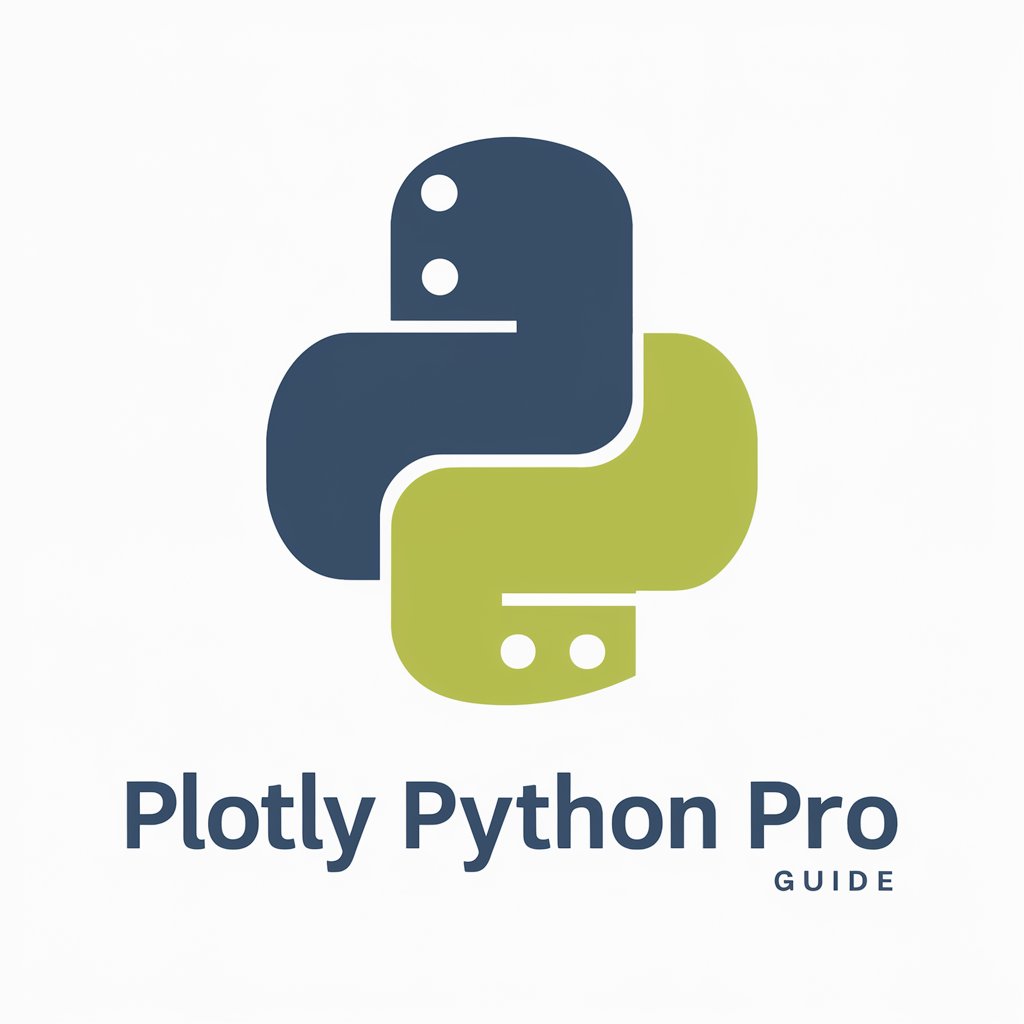
DataViz
Transform Data into Insightful Visuals
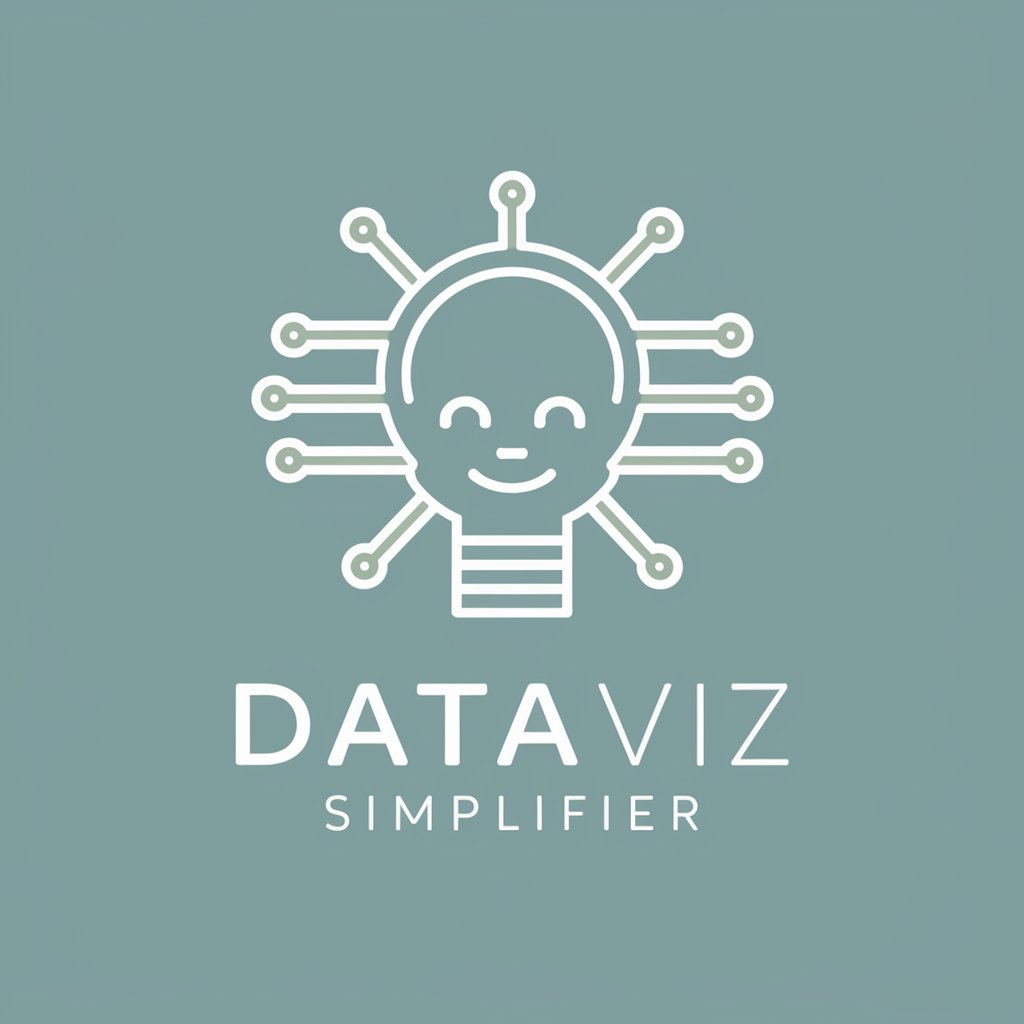
MyModeSherpa
AI-Powered SQL Query Customization
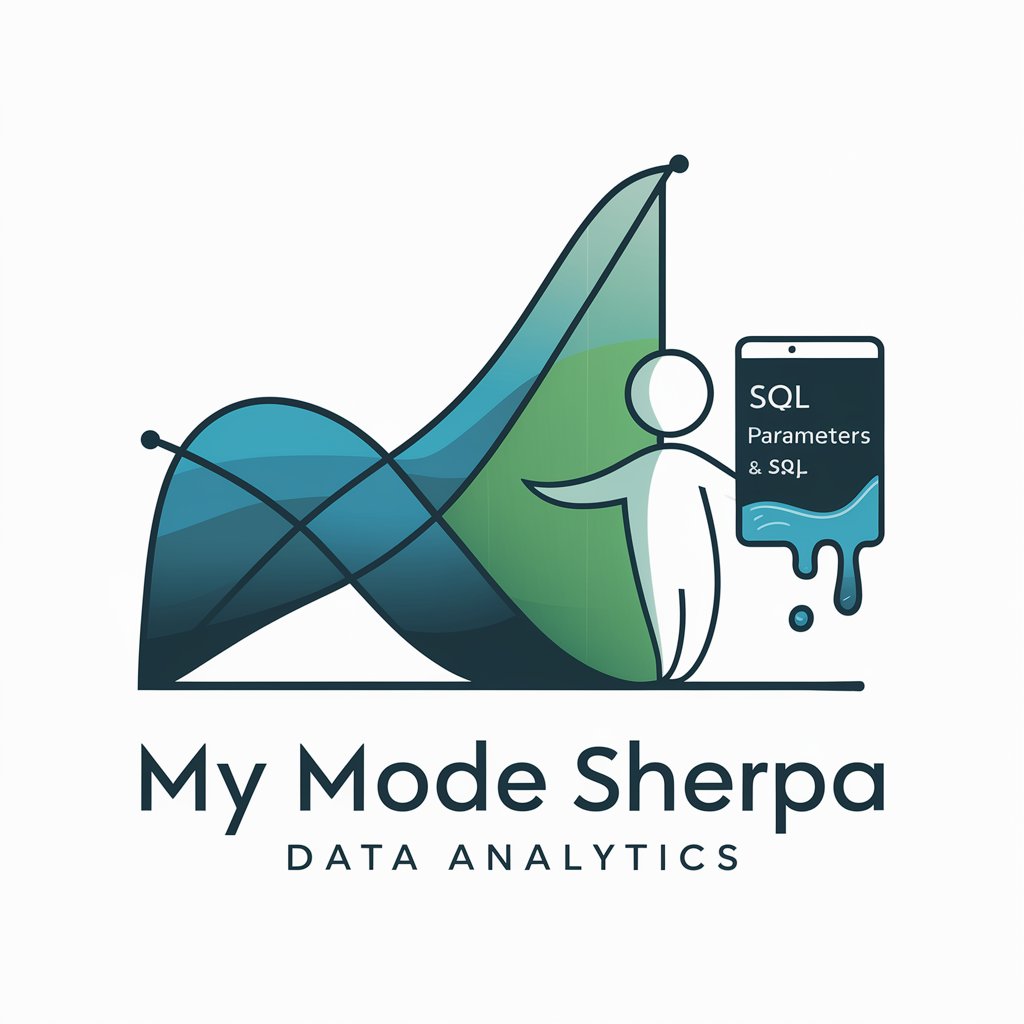
Bokeh Retriever
Visualizing Data with AI-Powered Precision

PowerPoint Genius: Engage & Inform
Transforming data into engaging stories

Dash DataViz and Style Expert
Visualize Data with AI Ease
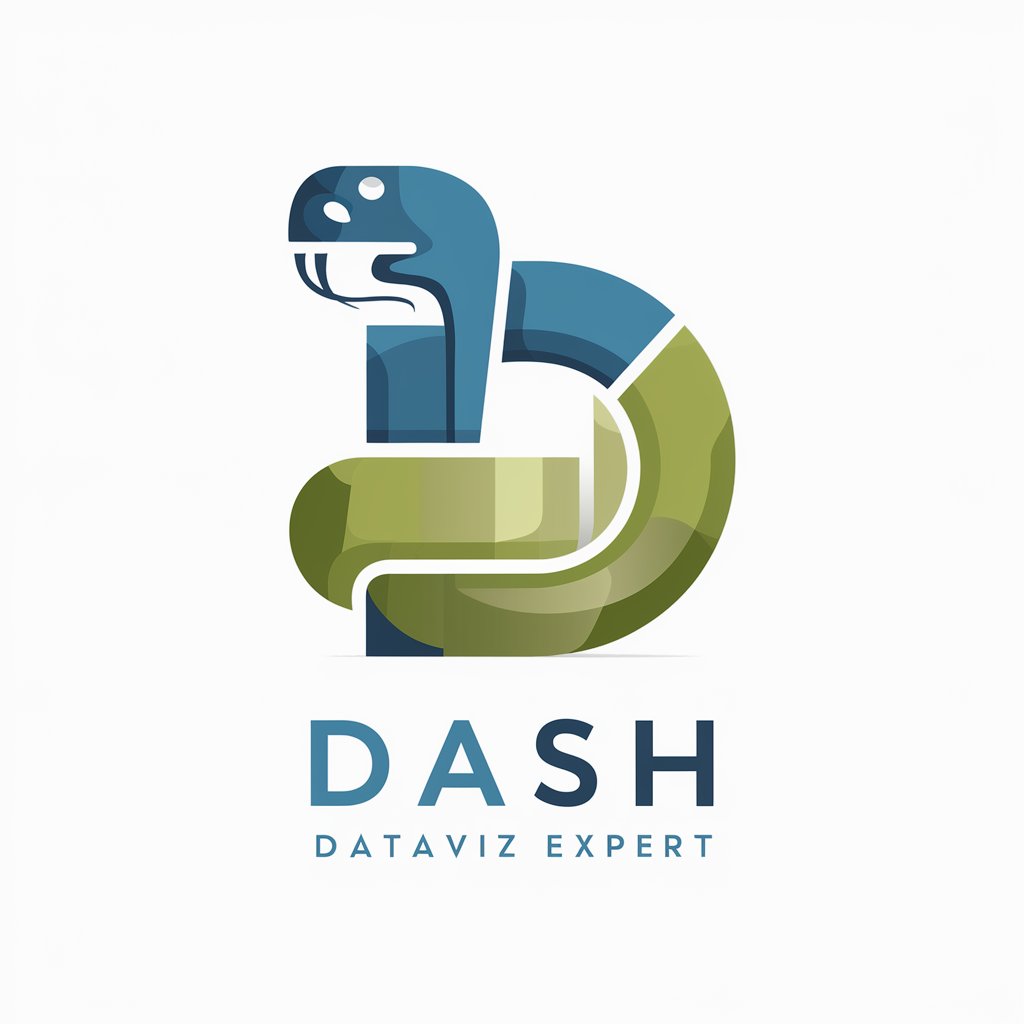
JavaScript Data Viz: Making Complexity Clear
Simplifying data complexity with AI
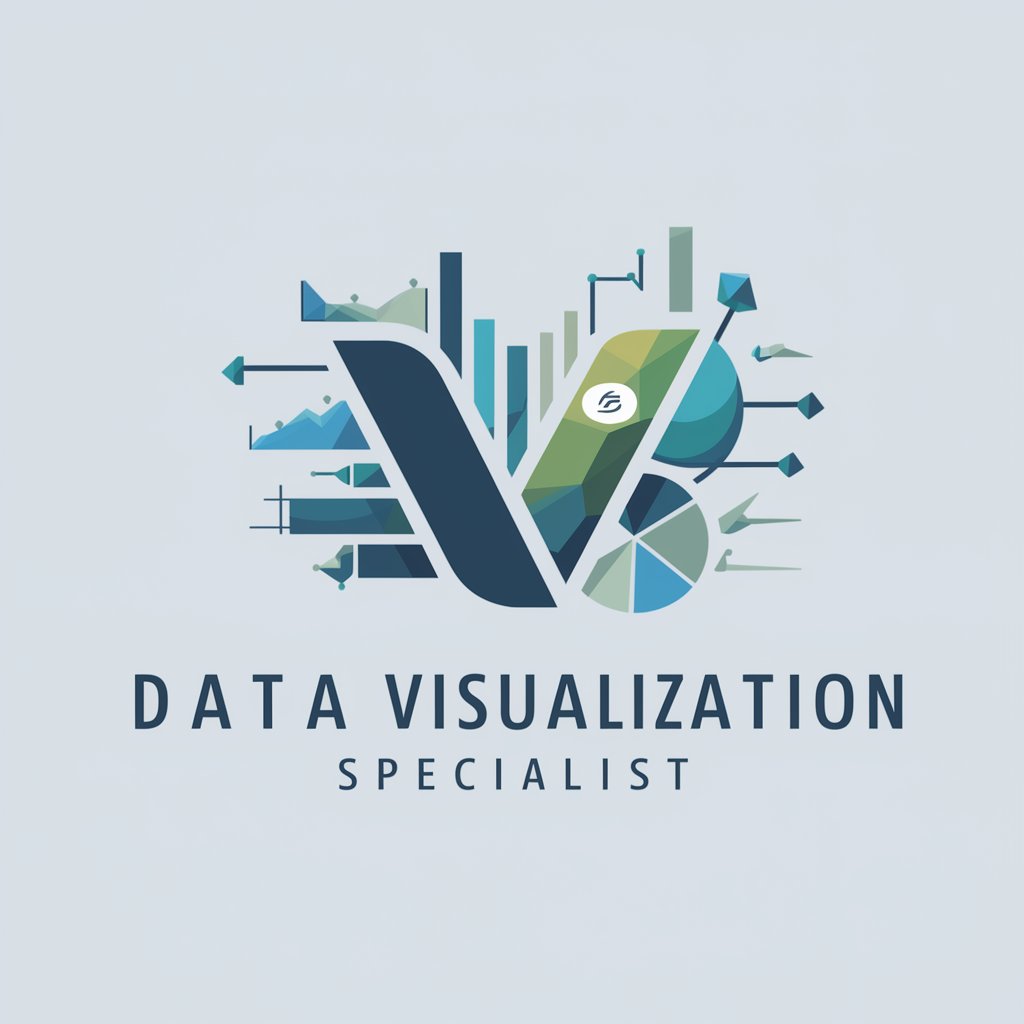
김시각, 시각화 전문가
Visualize Complex Data with AI Ease

Key Attributes of Interactive Reporting AI Tools
AI GPTs for Interactive Reports stand out due to their adaptability, supporting a range of functions from straightforward data summaries to intricate analysis. Core features include natural language processing for generating human-like text, real-time data integration for up-to-date reports, interactive elements that allow users to explore data in depth, and customization options to suit varied reporting requirements. Advanced capabilities like sentiment analysis, predictive modeling, and automated insights generation further distinguish these tools, enabling comprehensive and nuanced reporting solutions.
Who Benefits from Interactive Reporting AI
AI GPTs for Interactive Reports are designed for a diverse audience, including data analysts, business professionals, journalists, and educators. They cater to users without programming skills through user-friendly interfaces, while also offering APIs and customization options for developers and data scientists. This broad accessibility ensures that anyone looking to enhance their reporting capabilities, from simple data visualization to complex analytical tasks, can leverage these AI tools effectively.
Try Our other AI GPTs tools for Free
CBT Techniques
Discover how AI GPTs are transforming Cognitive Behavioral Therapy with innovative, personalized tools designed to support mental health and enhance therapeutic practices.
Email Funneling
Discover how AI GPTs for Email Funneling can revolutionize your email marketing strategy with advanced personalization, automation, and analysis capabilities.
International Moving
Discover how AI GPTs revolutionize International Moving with tailored solutions for seamless relocation experiences, catering to individuals and businesses alike.
Local Relocation
Discover how AI GPTs for Local Relocation can simplify your move with tailored advice, logistical support, and up-to-date local information.
Moving Checklists
Discover how AI GPTs for Moving Checklists can revolutionize your moving experience with personalized plans, tips, and comprehensive task management.
Settling Assistance
Explore how AI GPTs for Settling Assistance revolutionize the transition into new environments with personalized guidance and support, tailored to meet individual needs.
Expanding the Horizon with AI-Driven Reporting
AI GPTs for Interactive Reports are revolutionizing how data is communicated across sectors, offering tailored solutions that range from financial forecasting to educational content enhancement. Their user-friendly interfaces and integration capabilities make them a versatile tool in any data-driven environment, empowering users to uncover and share deeper insights with ease.
Frequently Asked Questions
What are AI GPTs for Interactive Reports?
AI GPTs for Interactive Reports are advanced AI systems specialized in generating, analyzing, and presenting data in a dynamic and user-friendly format, making complex information easily understandable.
How do these AI tools enhance report interactivity?
They incorporate interactive elements like clickable charts, real-time data updates, and user-driven query responses, allowing for a more engaging and personalized reporting experience.
Can non-technical users utilize these AI GPTs effectively?
Yes, these tools are designed with intuitive interfaces that enable non-technical users to generate sophisticated reports without needing coding skills.
Are there customization options for developers?
Absolutely, developers can access APIs and programming interfaces to tailor the AI's functionalities to specific project requirements.
What makes AI GPTs suitable for data-driven decision-making?
Their ability to process and analyze large datasets, identify patterns, and generate insightful narratives makes them invaluable for informed decision-making.
Can these tools integrate with existing data systems?
Yes, they are designed to be compatible with various data sources and systems, facilitating seamless integration into existing workflows.
Do AI GPTs support predictive analytics?
Many AI GPTs for Interactive Reports include predictive modeling capabilities, allowing users to forecast trends and outcomes based on historical data.
How do these AI tools ensure data security?
They employ robust security measures, including data encryption and access controls, to protect sensitive information and ensure compliance with data protection regulations.